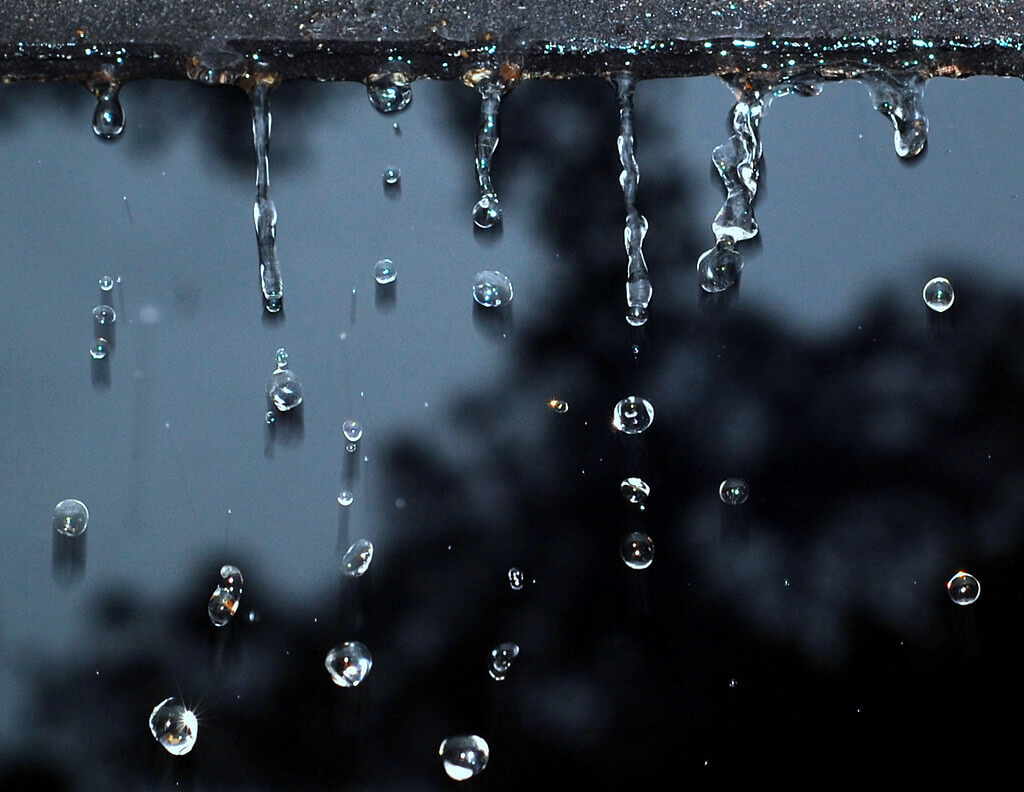Rainwater harvesting has become an increasingly popular and cost-effective method for conserving a precious natural resource. This process involves collecting and storing rainwater, which can then be used in various ways. This article will explore the different technologies and tools available to turn rainwater into useful resources. It will discuss collection techniques, storage options, and purification methods. By examining these topics, readers will gain an understanding of the potential benefits of using rainwater as a viable source of water supply.
Collecting Rainwater
The collection of rainwater is an integral element of the development of technologies and tools for transforming this resource into useful outputs. Historically, natural catchment systems have been utilized to collect rainwater from roofs or other surfaces. More recently, however, a range of new technologies have been developed that allow for more efficient and effective capture and storage of rainwater. Rain barrels are one such tool, which enable individuals to capture and store water runoff from their own rooftops in a variety of sizes. Other methods include rain gauges, which can be used to measure precipitation levels in order to better understand the amount of water available for collection. Additionally, computer algorithms can be used to monitor rainfall patterns over large areas in order to determine when it would be most advantageous to collect the most amount of water possible. Through these advancements, collecting rainwater has become much easier and more efficient than ever before.
Storing Rainwater
Harnessing precipitation can be an effective way to create a sustainable source of water. Adequate storage is required to capture rainwater and store it for later use. Collection systems often involve tanks or cisterns, which are large containers that can hold thousands of gallons of water. These containers must be placed in the correct area in order to maximize the amount of water that is collected. Additionally, they must be well-sealed and lined with materials such as concrete or plastic to ensure that no contamination occurs.
Various filtration methods may also be employed to make sure that any collected water is safe for use. This could include ultraviolet light treatment or reverse osmosis techniques, both of which are designed to remove any contaminants from the rainwater before it is stored in the tank or cistern. Furthermore, having access to quality storage equipment will improve the safety and effectiveness of collecting and storing rainwater for future use.
Purifying Rainwater
Purifying rainwater for use in a sustainable manner requires the implementation of various filtration techniques. The most common method is mechanical filtration, which removes particles such as dirt and dust from the water. Another popular technique is reverse osmosis, which uses pressure to remove salts, viruses, and other contaminants from the water. A further form of filtration is chemical treatment, which involves adding chemicals such as chlorine or ozone to kill bacteria and other microorganisms that can make the water unsafe for consumption. In addition to these methods, ultraviolet light can be used to disinfect the water by killing any remaining bacteria or pathogens in it. All of these techniques are effective at making rainwater safe for drinking or other uses but require careful monitoring and regular maintenance in order to ensure they remain effective over time.
Conclusion
Rainwater harvesting and storage systems can provide a reliable source of water for both domestic and agricultural use. Through the use of various technologies, rainwater can be collected, stored, treated, and used in an efficient manner to maximize its potential. This approach not only helps reduce water scarcity but also provides valuable resources that can sustain communities for years to come. Furthermore, these practices are cost-effective and require minimal maintenance when compared with other sources of water. In conclusion, rainwater harvesting is an important component of sustainable water management strategies that should be implemented at all levels. It is essential for preserving the environment’s natural hydrological cycles while providing a safe and abundant source of useful resources for current and future generations.

